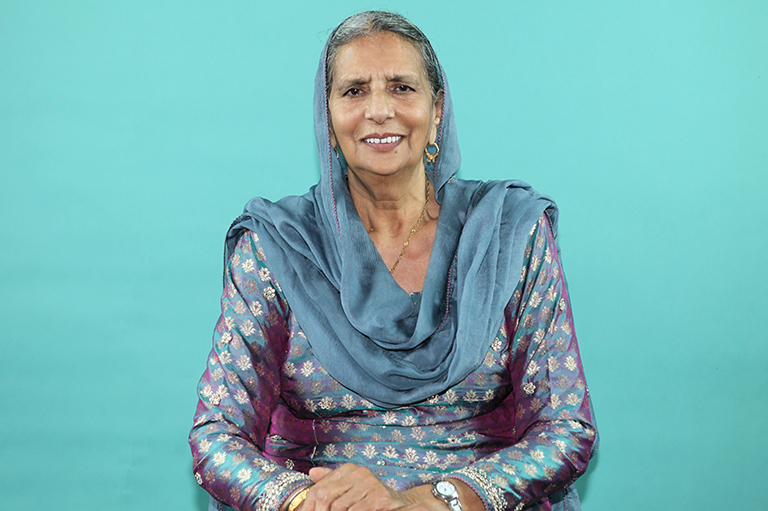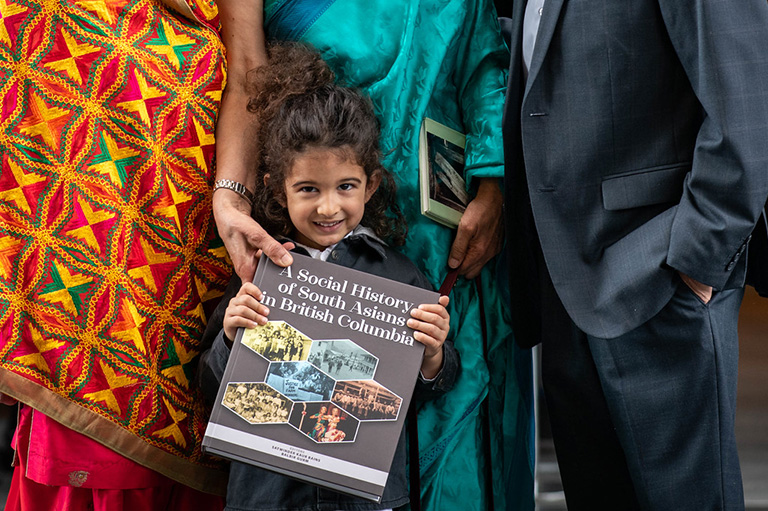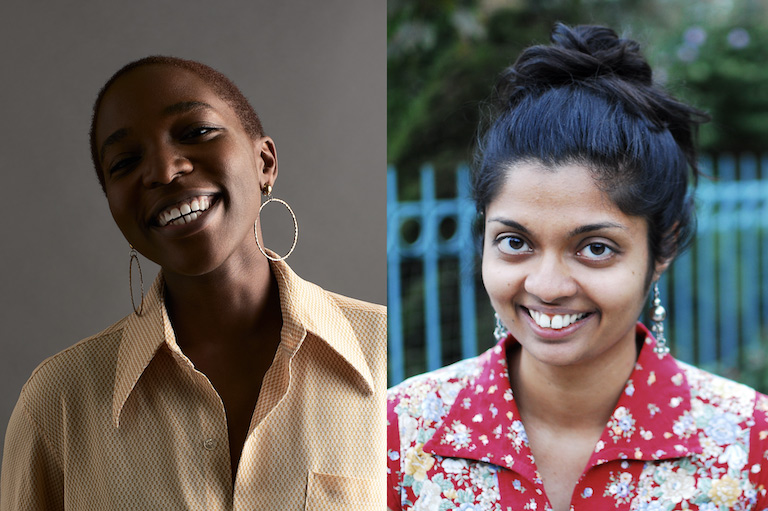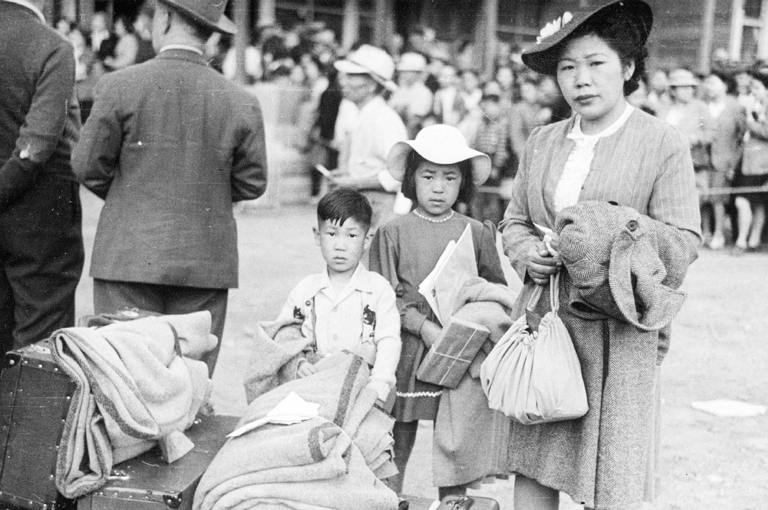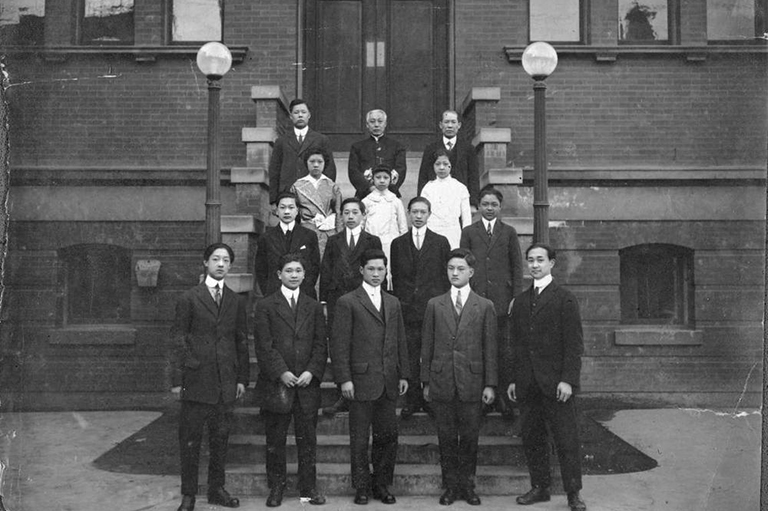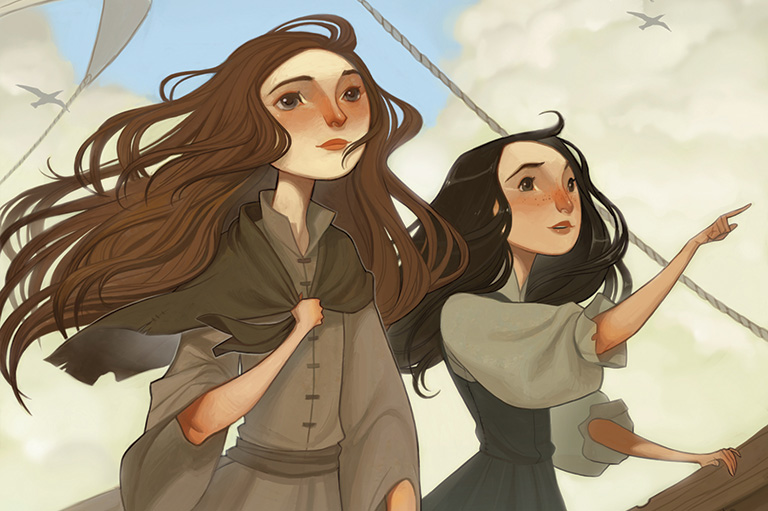Being Kaur

In 1908, Canadian government attempted for the first time to prevent South-Asian immigrants from settling in Canada by imposing a $200 tax on every incoming Asian immigrant. This prevented the wives and families of South-Asian Canadians — mostly Sikhs who hailed from the Indian subcontinent — from settling in the country. The laws were relaxed only in 1919 to allow women and children to immigrate from India. Since then, many Sikh women have migrated to Canada to live with their husbands and raise families. But, in this attempt of building a future in a foreign country, Sikh women’s individuality often got left behind.
The stories of Sikh women and their accomplishments have often been ignored, but in 2015, Jessie Kaur Lehail and Saji Kaur Sahota sought to redress that oversight by creating the Kaur Project, an online resource filled with stories and photos of women in B.C. with the traditional Sikh name Kaur.
Kaur — meaning lioness or warrior — is typically adopted by Sikh women as a middle name or surname. It is meant to symbolize gender equality in the religion, just as Sikh men typically adopt the middle name or surname Singh, which means lion. The naming practice began in 1699 as a way of liberating Sikhs from the strict caste system of ancient India. Gender equality is a tenet of the Sikh religion.
Lehail said the project gives a voice to Sikh women, whose stories have largely been left untold, even though Bibi Nanaki, the elder sister of the first Sikh guru, Guru Nanak Dev, was the first person to adopt the Sikh religion.
“It’s like so many religions — women are just the extra people,” said Lehail.

With 7 uniquely curated newsletters to choose from, we have something for everyone.
In March 2015, Lehail and Sahota designed the theoretical framework for the project and launched the website. They set out to document how Kaurs viewed themselves, and how they wanted to the world to see them. Lehail said that, since Kaur voices have been silent for so long, the women she contacted found it unusual to be asked about their stories. Lehail hoped the Kaur Project would highlight the many different ways in which Sikhs approach their religion. “It showcases that there is diversity within the Sikh religion … and each person is applying Sikhism in their own way.”
In October 2020, Lehail relaunched the project under the name Kaur Collective as an opportunity to examine the Sikh religion or Sikhi from a Kaur’s perspective — however, the COVID-19 pandemic made it difficult to shoot photos and videos. In the interim, two other initiatives were pursued, in which women could interact online through Zoom. The first is the chanting of the Mool Mantra followed by a collective prayer or ardaas, which takes place every Sunday. The second initiative is the reading of Sukhmani Sahab, a two-hour peace prayer, which has been going on for more than one hundred weeks.

The entire project is funded by Lehail. She considers this seva, or service, which is central to Sikh faith. “I think that’s what I'm trying to [do]: get people in love with being a Kaur, fall in love with being a woman, fall in love with the faith, fall in love with your health, fall in love with the language.”
The project has matured beyond its original premise in 2015 of offering oral histories of Kaur women, she said. It now provides a platform for women to assert self-identity by taking up leadership roles and starting their own projects with the help of resources that Lehail provides them. “What I love about this platform is that there’s no [other] space anywhere that I’ve seen where women, if they have ideas of what they want to do, they can go to get design and leadership help and coaching on how to build something out [of it]”
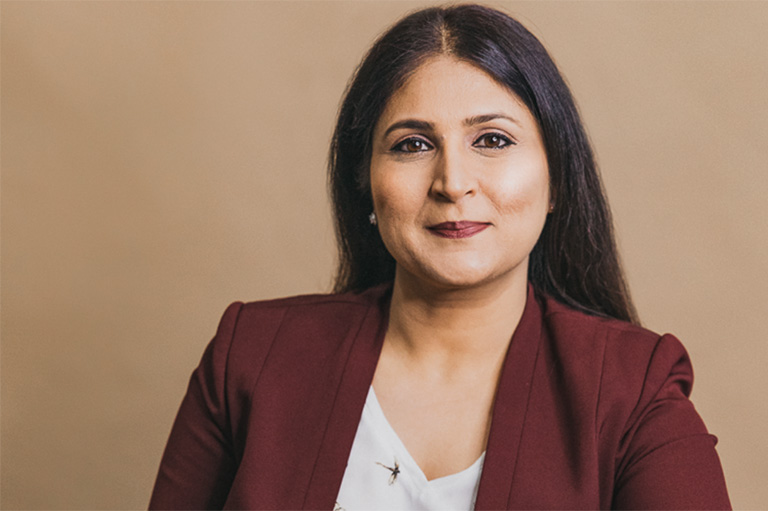
Additionally, Lehail not only hopes that the newer generation understands what Sikhi means to them, but also wants people to engage in interfaith conversations with other religious communities.
Future themes of the Kaur Collective are being explored and may include women’s relationships with their health, the environment, and the Punjabi language.
Thanks to Section 25 of the Canadian Charter of Rights and Freedoms, Canada became the first country in the world to recognize multiculturalism in its Constitution. With your help, we can continue to share voices from the past that were previously silenced or ignored.
We highlight our nation’s diverse past by telling stories that illuminate the people, places, and events that unite us as Canadians, and by making those stories accessible to everyone through our free online content.
Canada’s History is a registered charity that depends on contributions from readers like you to share inspiring and informative stories with students and citizens of all ages — award-winning stories written by Canada’s top historians, authors, journalists, and history enthusiasts.
Any amount helps, or better yet, start a monthly donation today. Your support makes all the difference. Thank you!
Themes associated with this article
Advertisement
You might also like...

Nominate an exceptional history project in your community for this year’s Governor General's History Award.

Beautiful woven all-silk necktie — burgundy with small silver beaver images throughout. Made exclusively for Canada's History.

